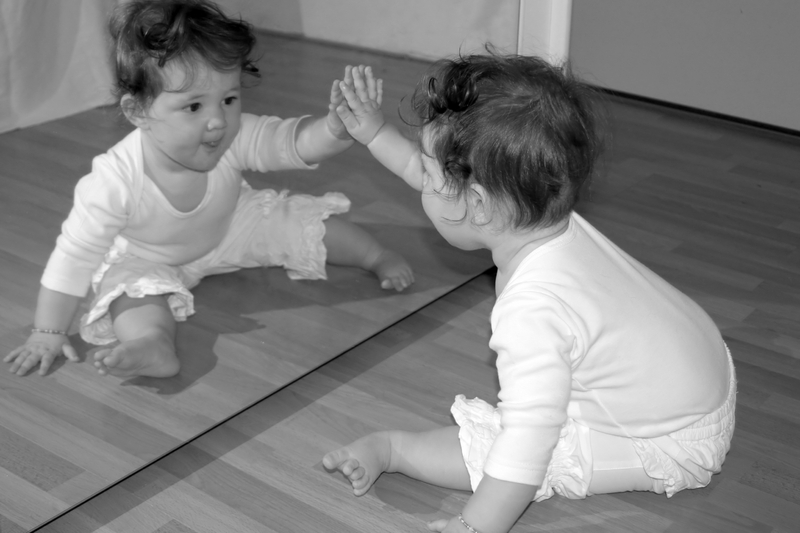
Lacan details the being and the having properties of having a phallus. Lacan furthered the study of the mental emphasis we put on having a phallus—a study that was begun by Sigmund Freud. According to Freud, it was the shock of the mother not having a phallus that created incredible stress in the you boy. And, it was the lack of having a phallus that created much envy and animosity in women. Ultimately, the main psychological struggle in life is based in either fear of losing the phallus, or envy of never having one at all. Unlike Lacan, Freud infers that once the boy or girl recognizes the presence (or lack thereof) of the phallus, then ensues a mental conflict within the child.
With the arising complications of the phallus, Freud details the Oedipal and Elektra complexes. These mental conflicts are based on the mother-son relationship illustrated in Oedipus Rex. Of course, in the text, Oedipus is completely unaware of the fact that the queen he has married is his mother and the king he has killed was his father. Nevertheless, the story creates a tale of which the son is confronted and tested by another man for the heart of the desired woman. When growing up, especially during the phallus stage, the father becomes the threat to the bond created by the boy and the mother. To combat that, the boy considers, as Oedipus did, to off the father. But in fear that the boy may not succeed he will not act on his impulse to kick the father out of the family picture. Instead, the boy fears the backlash of his actions—castration by the father—and deals with the conflict and enters latency.
The phallus plays a huge role in the psychology of the human—whether it be with envy or fear of castration. And since the phallus plays on the mind in such a way, it ends up being the central focus of our thoughts, as Lacan describes.
The phallus plays a huge role in the psychology of the human—whether it be with envy or fear of castration. And since the phallus plays on the mind in such a way, it ends up being the central focus of our thoughts, as Lacan describes.
 With that said, South Park plays on our concentration on the phallus in almost every show. In one show in particular, “Eek! It’s a Penis,” the conflicts surrounding the phallus is truly showcased. In this episode, Mr. Garrison, post-transgender surgery, struggles with her decision of becoming with a woman. She realizes the power that the phallus has in society and decides to have a penis grown in a laboratory for a reverse sex change surgery. This is a cartoon version of Lacan’s having and being concept for the phallus. Since the phallus is seen as the power symbol, women can be seen as being the phallus as opposed to having it. In this sense, Mr. Garrison struggles with identifying and differentiating the having and the being; since, for Lacan, having the phallus isn’t everything—having the phallus is more of a mental characteristic rather than a physical one.
With that said, South Park plays on our concentration on the phallus in almost every show. In one show in particular, “Eek! It’s a Penis,” the conflicts surrounding the phallus is truly showcased. In this episode, Mr. Garrison, post-transgender surgery, struggles with her decision of becoming with a woman. She realizes the power that the phallus has in society and decides to have a penis grown in a laboratory for a reverse sex change surgery. This is a cartoon version of Lacan’s having and being concept for the phallus. Since the phallus is seen as the power symbol, women can be seen as being the phallus as opposed to having it. In this sense, Mr. Garrison struggles with identifying and differentiating the having and the being; since, for Lacan, having the phallus isn’t everything—having the phallus is more of a mental characteristic rather than a physical one. Freud, Sigmund. Fetishism. Norton Anthology of Theory and Criticism. 2001.
Lacan, Jacques. Significance of the Phallus. Norton Anthology of Theory and Criticism. 2001.
South Park. “Eek! It’s a Penis.” Season 12, 2008.





